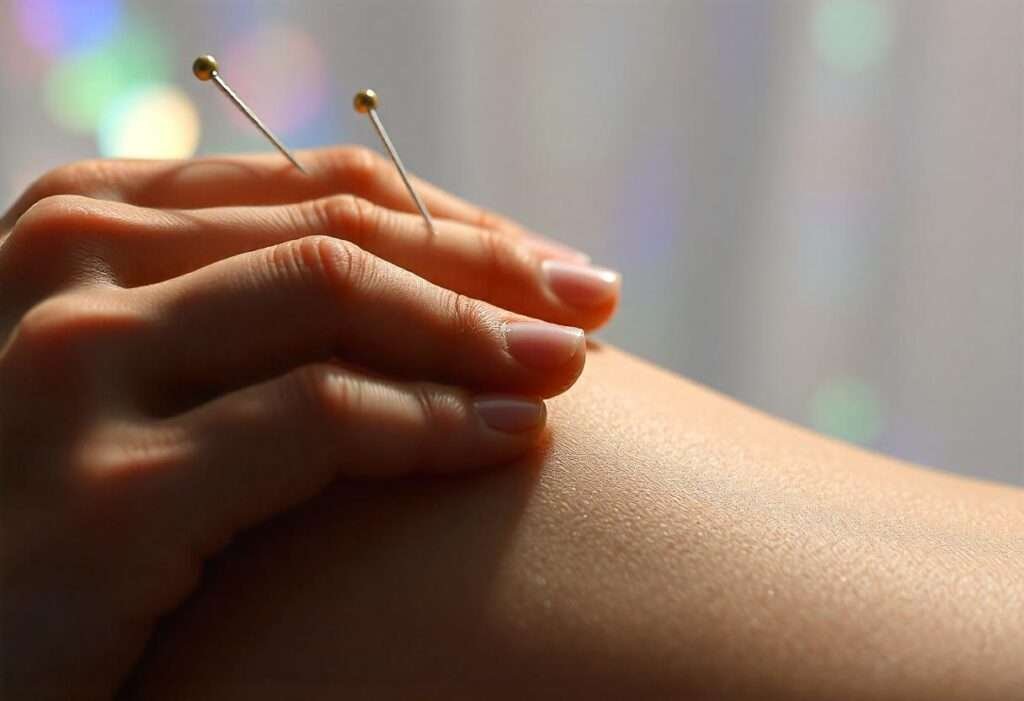Introduction to Migraine Relief Natural Remedies
Today, we discuss 10 migraine relief natural remedies. Migraine headaches can be debilitating, affecting millions of individuals worldwide. Characterized by intense throbbing pain, often accompanied by nausea and sensitivity to light and sound, migraines can disrupt daily life and diminish overall well-being. While many resort to pharmaceutical solutions, a growing body of evidence suggests that natural remedies can provide effective relief. In this article, we will explore ten migraine relief natural remedies, each backed by research and practical application. By integrating these remedies into your routine, you may find a path toward alleviating the frequency and intensity of your migraines.
Table of Contents
Understanding Migraines

Before diving into the migraine relief natural remedies, it is essential to understand what migraines are. Migraines are more than just headaches; they are a neurological condition that can manifest in various ways. Common triggers include stress, hormonal changes, certain foods, and environmental factors. According to the World Health Organization, migraines rank among the top 20 causes of disability worldwide, underscoring the need for effective management strategies.
1. Peppermint Oil
One of the most popular migraine relief natural remedies is peppermint oil. This essential oil contains menthol, which has a cooling effect and can help relax muscles and alleviate pain. To use peppermint oil, dilute a few drops with a carrier oil and massage it into your temples and the back of your neck. A study published in the International Journal of Preventive Medicine found that topical application of peppermint oil significantly reduced migraine intensity in participants.
Practical Tip:
Consider carrying a small bottle of peppermint oil in your purse or backpack for on-the-go relief.

2. Lavender Essential Oil
Lavender essential oil is renowned for its calming properties and can be particularly effective in reducing migraine symptoms. Inhaling lavender oil may help decrease the severity and duration of migraines. A clinical trial published in European Neurology indicated that participants who inhaled lavender oil during a migraine attack reported significant relief.

Practical Tip:
Create a calming atmosphere by diffusing lavender oil in your home or office, especially during stressful times.
3. Ginger Tea
Ginger is not only a culinary delight but also a powerful natural remedy for migraines. Its anti-inflammatory properties can help reduce the severity of migraine attacks. A study in the Journal of Phytotherapy Research found that ginger powder was as effective as SUMAtriptan, a common migraine medication, in alleviating migraine symptoms.

Practical Tip:
Brew a cup of ginger tea by steeping fresh ginger slices in hot water. Add honey for sweetness and sip slowly to enjoy its soothing effects.
4. Acupuncture
Acupuncture, a traditional Chinese medicine practice, involves inserting thin needles into specific points on the body to alleviate pain and promote healing. Research indicates that acupuncture can be an effective treatment for migraines, with a study in Archives of Internal Medicine showing that participants experienced fewer migraine days after undergoing acupuncture sessions.

Practical Tip:
Seek a licensed acupuncturist who specializes in treating migraines for the best results.
5. Hydration
Dehydration is a common trigger for migraines. Ensuring adequate hydration can help prevent migraine attacks. The Mayo Clinic recommends drinking at least eight 8-ounce glasses of water daily, though individual needs may vary based on activity level and climate.
Practical Tip:
Keep a reusable water bottle with you throughout the day to encourage regular hydration.

6. Magnesium
Magnesium deficiency has been linked to migraines, making magnesium-rich foods an excellent addition to your diet. Foods such as spinach, almonds, and avocados are high in magnesium. A study published in the Journal of Neural Transmission found that magnesium supplementation reduced the frequency of migraine attacks in participants.
Practical Tip:
Consider incorporating a variety of magnesium-rich foods into your meals, or consult with a healthcare provider about magnesium supplements.

7. Regular Exercise
Regular physical activity is crucial for overall health and can also help reduce the frequency of migraines. Exercise releases endorphins, which act as natural painkillers. A study in the Journal of Headache and Pain found that participants who engaged in regular aerobic exercise experienced fewer migraines.
Practical Tip:
Aim for at least 30 minutes of moderate exercise most days of the week. Activities such as walking, swimming, or cycling can be beneficial.

8. Stress Management Techniques
Stress is a significant trigger for migraines, making stress management essential for prevention. Techniques such as yoga, meditation, and deep-breathing exercises can help reduce stress levels. A study published in Headache demonstrated that participants who practiced mindfulness meditation experienced a reduction in migraine frequency.
Practical Tip:
Set aside time each day for mindfulness practices, even if it’s just for a few minutes.

9. Cold Compress
Applying a cold compress to the forehead can provide immediate relief during a migraine attack. The cold temperature numbs the area and reduces inflammation. A study in the Journal of Pain found that participants who used cold packs reported a significant decrease in migraine intensity.
Practical Tip:
Wrap ice in a cloth or use a cold pack, placing it on your forehead for 15-20 minutes during an attack.

10. Dietary Changes
Certain foods can trigger migraines, including aged cheeses, processed meats, and artificial sweeteners. Keeping a food diary can help identify personal triggers. A diet rich in fruits, vegetables, whole grains, and lean proteins can help reduce the risk of migraines.
Practical Tip:
Experiment with eliminating potential trigger foods from your diet for a few weeks to assess their impact on your migraines.

Conclusion
Migraines can be challenging to manage, but incorporating natural remedies into your routine can provide significant relief. From essential oils to dietary changes, these strategies offer a holistic approach to migraine management. It is essential to remember that what works for one person may not work for another; therefore, a personalized approach is crucial. By exploring these migraine relief natural remedies, you may discover effective ways to reduce the frequency and severity of your migraine attacks, improving your overall quality of life.
FAQ Section
1. How long do migraines typically last?
Migraines can persist for a duration that ranges from just a few hours to multiple days, and this length of time tends to differ significantly from one person to another. The exact duration of a migraine episode is influenced by various factors, including individual characteristics, the severity of the migraine itself, and the effectiveness of the treatment options that are used.
2. Can dietary changes really help with migraines?
Indeed, making specific changes to one’s diet can have a profound effect on the frequency and intensity of migraines. For a significant number of individuals, it is crucial to identify foods that act as triggers and to actively avoid them in order to manage their condition effectively. Recognizing these trigger foods can lead to a noticeable reduction in migraine occurrences, which highlights the importance of dietary awareness in overall migraine management.
3. Are migraine relief natural remedies safe to use alongside medications?
Although numerous natural remedies are generally considered safe for use, it is essential to seek guidance from a qualified healthcare provider before attempting to combine these remedies with any prescribed medications. This step is important to ensure the avoidance of any potential interactions between the natural products and the medications, which could lead to adverse effects or reduce the effectiveness of the prescribed treatments. Consulting with a healthcare professional can provide valuable insights and help maintain your overall health and safety.
4. How can I identify my migraine triggers?
Keeping a migraine diary can help identify patterns and potential triggers, including specific foods, stress levels, and environmental factors.
5. Is it possible to prevent migraines entirely?
While it may not be possible to prevent all migraines, adopting a combination of lifestyle changes, migraine relief natural remedies, and stress management techniques can significantly reduce their frequency and severity.
By incorporating these natural remedies into your routine, you can take proactive steps toward managing your migraines and enhancing your overall well-being.




Thanks for posting. I really enjoyed reading it, especially because it addressed my problem. http://www.kayswell.com It helped me a lot and I hope it will help others too.
You helped me a lot by posting this article and I love what I’m learning. http://www.kayswell.com